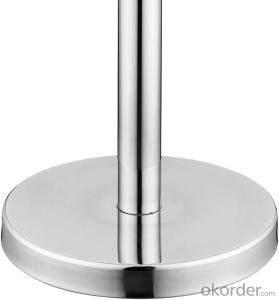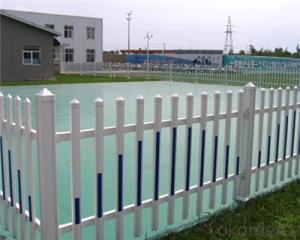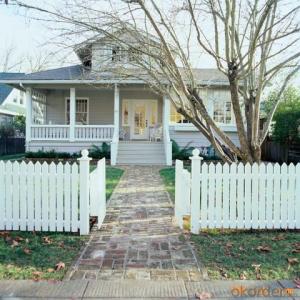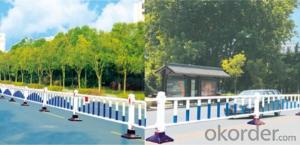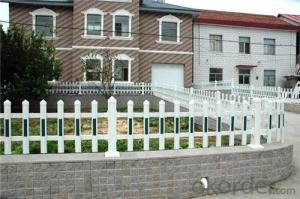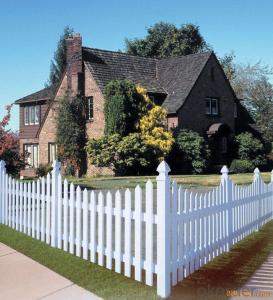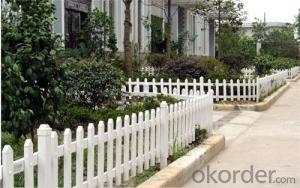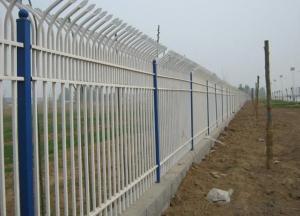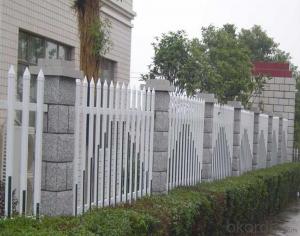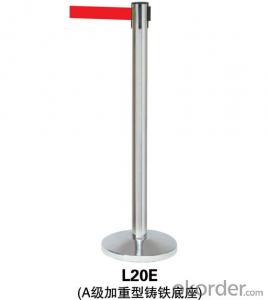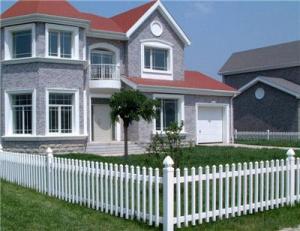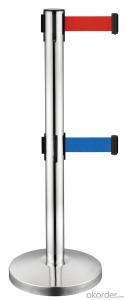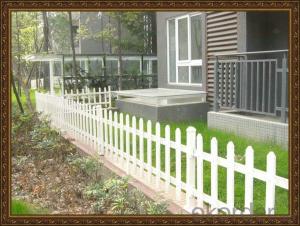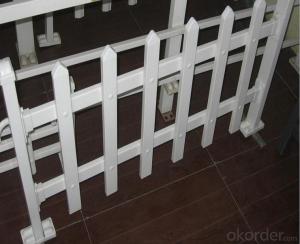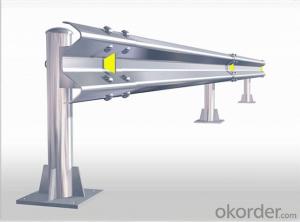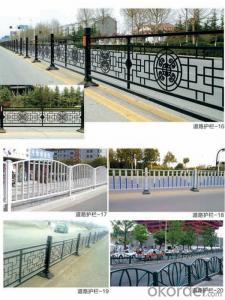All Categories
- - Steel Wire Rod
- - Steel Coils
- - Steel Profiles
- - Steel Pipes
- - Stainless Steel
- - Tinplate
- - Special Steel
- - Steel Sheets
- - Steel Rebars
- - Steel Strips
- - Hot Rolled Steel
- - Cold Rolled Steel
- - Pre-painted Steel
- - Seamless Steel Pipe
- - Welded Steel Pipe
- - Hollow Steel Tubes
- - Galvanized Pipe
- - Stainless Steel Coil
- - Stainless Steel Sheet
- - Stainless Steel Plate
- - Stainless Steel Strips
- - Electrolytic Tinplate Coil
- - Electrolytic Tinplate Sheet
- - Stainless Steel Rebars
- - Solar Panels
- - Solar Water Heater
- - Solar Related Products
- - Solar Inverter
- - Solar Cells
- - Solar Light
- - Solar Energy Systems
- - Solar Controllers
- - Solar Mounting System
- - Solar Pump
- - Solar Chargers
- - Fiberglass Chopped Strand
- - Fiberglass Mesh Cloth
- - Composite Pipes
- - FRP Pultrusion Profiles
- - Fiberglass Mat Tissue
- - Fiberglass Fabrics
- - Fiberglass Mesh
- - Composite Tank
- - Fiberglass Mesh tape
- - Polymer
- - FRP Roofing Panel
- - Fiberglass Roving
- - Monolithic Refractories
- - Ceramic Fiber Products
- - Refractory Bricks
- - Raw Materials For Refractory
- - Suspended Platform
- - Cranes
- - Concrete Machinery
- - Earthmoving Machinery
- - Building Hoist
- - Road Building Machinery
- - Plastic Pipe Fittings
- - Plastic Tubes
- - Plastic Sheets
- - Agricultural Plastic Products
- - Plastic Nets
 All Categories
All Categories
Q & A
How are traffic barriers removed without causing damage?
Traffic barriers are typically removed without causing damage by trained professionals using specialized equipment such as cranes, forklifts, or other lifting mechanisms. These professionals carefully and strategically lift and maneuver the barriers to ensure minimal impact on the surrounding area. They also follow established safety protocols and guidelines to ensure a smooth and damage-free removal process.
How do traffic barriers prevent vehicle pile-ups?
Traffic barriers prevent vehicle pile-ups by creating a physical barrier between lanes of traffic, reducing the risk of vehicles crossing over into oncoming traffic or colliding with each other. They help to maintain order and control by separating traffic flows, absorbing impact energy, and redirecting vehicles away from potential collision points, ultimately preventing pile-ups and reducing the severity of accidents.
Are traffic barriers effective in preventing road rage incidents?
Traffic barriers can be effective in preventing road rage incidents to some extent. By physically separating vehicles and creating a clear division between lanes, barriers can help reduce the likelihood of aggressive behaviors such as tailgating or cutting off other drivers. Additionally, barriers can also provide a sense of safety and security, which may help calm down frustrated or angry motorists. However, it is important to note that road rage incidents are often caused by various other factors such as stress, impatience, or personal conflicts, which traffic barriers alone may not address. Therefore, while barriers can contribute to preventing road rage incidents, a comprehensive approach involving education, enforcement, and improved driving behavior is necessary for a more significant impact.
Can traffic barriers be used in combination with traffic cones?
Yes, traffic barriers can be used in combination with traffic cones. Traffic barriers are typically used to create a physical barrier or restriction on the road, while traffic cones are used to delineate temporary or changing traffic patterns. By using both together, it enhances safety and ensures clear visibility and guidance for drivers.
What is the purpose of a traffic barrier?
The purpose of a traffic barrier is to provide physical separation and protection for vehicles and pedestrians, preventing unauthorized access, controlling traffic flow, and reducing the risk of accidents or collisions.
Wholesale Traffic Barrier from supplier in Afghanistan
Our team of experts is well-versed in the local regulations and requirements for traffic barriers in Afghanistan, ensuring that our products meet all necessary standards. We offer a wide range of traffic barrier options, including crash-rated barriers, bollards, and gate systems, to suit different project requirements.
When you choose us as your supplier, you can expect exceptional customer service and support throughout the entire procurement process. Our dedicated sales team will work closely with you to understand your specific needs and provide tailored solutions. We offer competitive pricing, transparent quotations, and flexible payment terms to accommodate your budget.
In addition to our sales services, we also provide comprehensive technical support. Our team of highly skilled engineers can assist with installation, maintenance, and troubleshooting, ensuring that your traffic barriers operate efficiently and effectively. We are committed to delivering reliable and durable products that meet your project's requirements.
As a subsidiary of CNBM, one of the largest building materials companies in the world, we have access to a vast network of resources and expertise. This enables us to provide the highest quality products and services to our clients in Afghanistan. We are dedicated to building long-term partnerships and exceeding our customers' expectations.
Contact us today to discuss your traffic barrier requirements in Afghanistan. Let us be your trusted partner in ensuring the safety and security of your projects.
When you choose us as your supplier, you can expect exceptional customer service and support throughout the entire procurement process. Our dedicated sales team will work closely with you to understand your specific needs and provide tailored solutions. We offer competitive pricing, transparent quotations, and flexible payment terms to accommodate your budget.
In addition to our sales services, we also provide comprehensive technical support. Our team of highly skilled engineers can assist with installation, maintenance, and troubleshooting, ensuring that your traffic barriers operate efficiently and effectively. We are committed to delivering reliable and durable products that meet your project's requirements.
As a subsidiary of CNBM, one of the largest building materials companies in the world, we have access to a vast network of resources and expertise. This enables us to provide the highest quality products and services to our clients in Afghanistan. We are dedicated to building long-term partnerships and exceeding our customers' expectations.
Contact us today to discuss your traffic barrier requirements in Afghanistan. Let us be your trusted partner in ensuring the safety and security of your projects.
